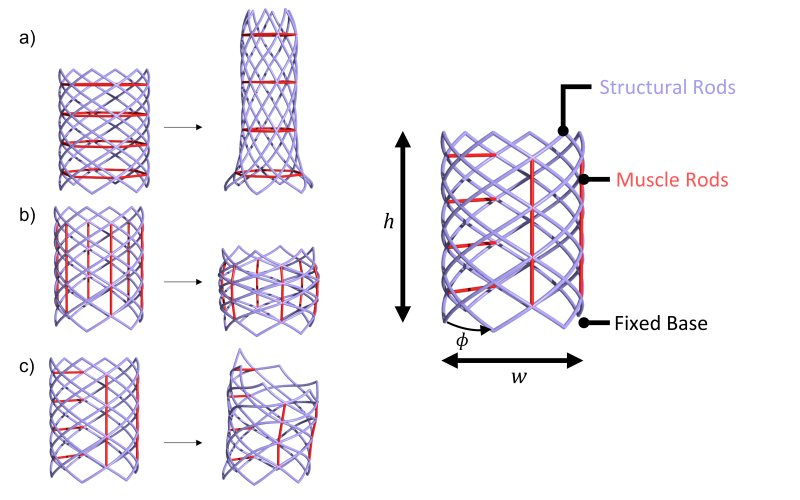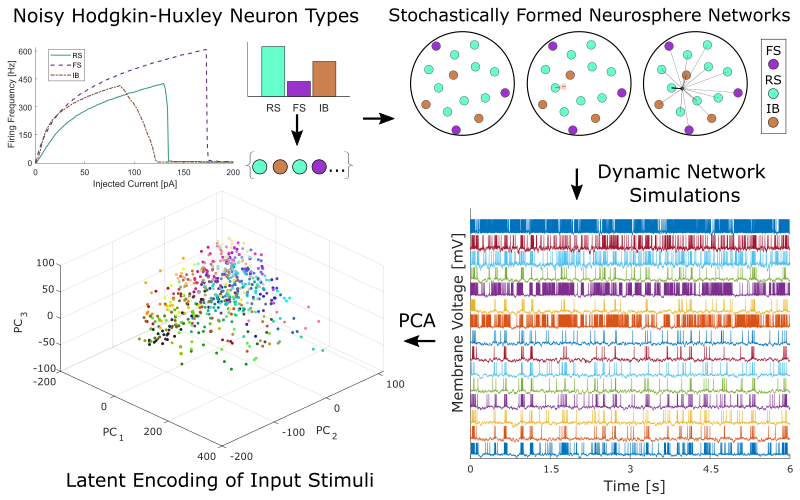Animals are often a source of inspiration in robotic design. By designing from animal blueprints, engineers can create robotic systems capable of walking, running, crawling, swimming, and even flying. However, even with the advances in robotics over the past decades, robotic systems still fall short of many of the capabilities seen in biological animals. One key difference between existing robots and their animal counterparts is that biological systems are made up of soft, adaptable materials, including muscles for actuation and neurons for control. This CAREER award investigates how to fabricate robust, adaptable actuators for biohybrid robots using living muscle, how these actuators adapt to exercise, and how to control biohybrid robots with living neurons. Additionally, this CAREER award supports educational and outreach initiatives to improve recruitment and retention of diverse students and faculty in robotics and STEM. Accessible age-appropriate educational materials based on the research outcomes will be developed, made available to middle and high school teachers, and integrated into a graduate course on Bioinspired Robotics. The research team will host virtual and in-person outreach events to introduce students to bioinspired and biohybrid robotics. Underrepresented undergraduate students will be recruited for summer research experiences in biohybrid robotics and modeling. Finally, the investigator will promote tools for recruitment and retention of women faculty in robotics.
Funding Agency: NSF - Foundational Research in Robotics Program
Project Period: 4/2021 - 3/2026
Abstract Page: NSF-2044785
Research team

Victoria Webster-Wood
Associate Professor
Mechanical Engineering
Courtesy appointments
Biomedical Engineering, Robotics Institute

Ashlee Liao 2024
Doctorate

Saul Schaffer 2024
Doctorate

Hima Hrithik Pamu 2024
Master's

Duncan McGee
Doctorate

